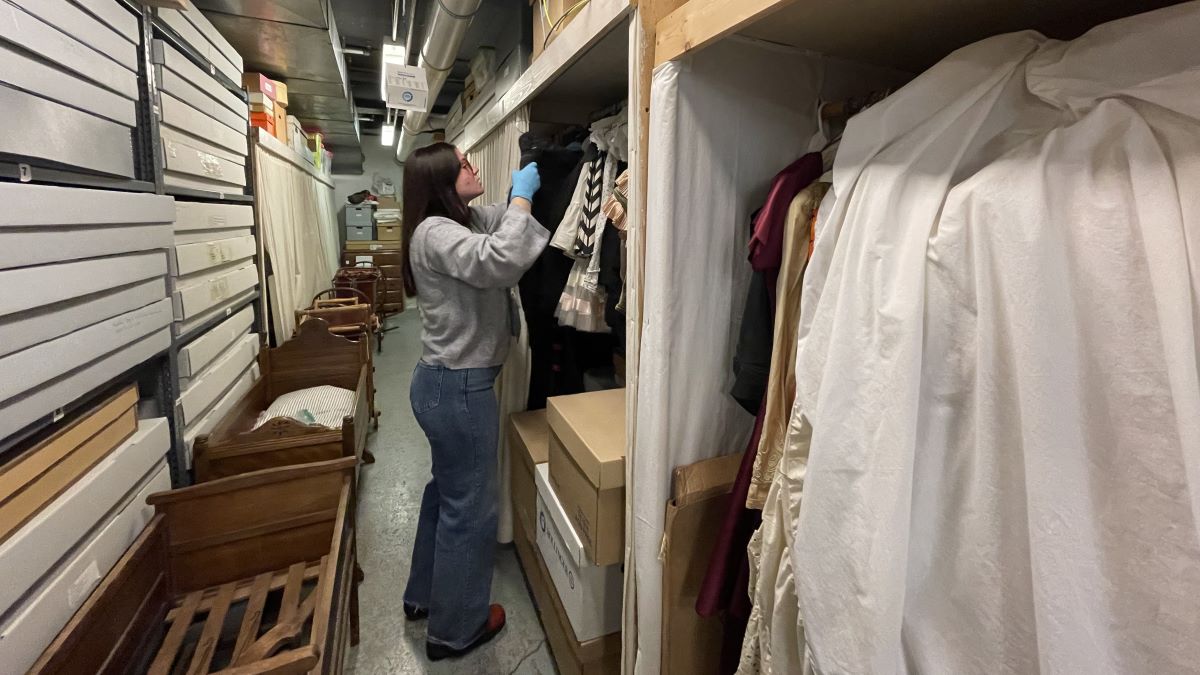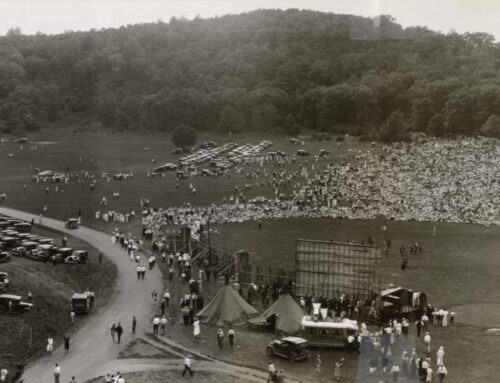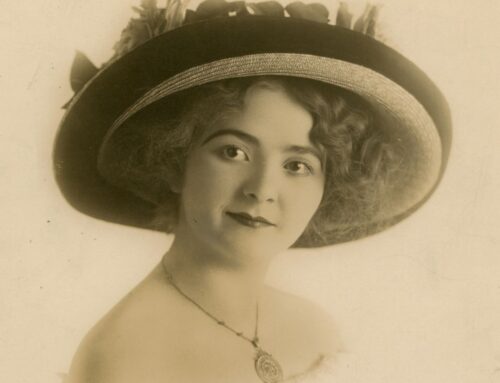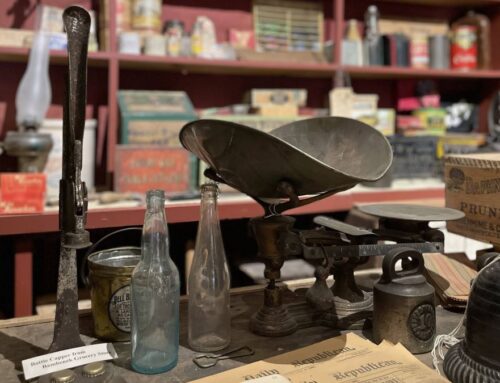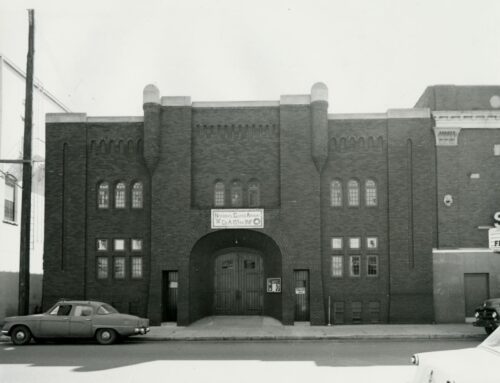The Collections Department is where the romance lies at Winona County History Center. Amidst shelves of china, children’s toys, and lacey gowns, you can hold a piece of the past in your (gloved!) hands. There’s nothing quite like it. Yet, no matter how we glamourize the darkened nooks of the collections vault, much of a job in collections deals with the cold, hard facts of artifact decay and environment. If we ask that the task of caretaking for thousands of culture-bearing objects be done well, we must provide the proper tools. This is our community work in preservation.
Dangers in Collections
“From the moment an object is created, it begins to deteriorate,” the National Parks Service Museum Handbook bluntly shares. Whether museums can delay the inevitable often depends on a facility’s heating, ventilating, and air-conditioning system (HVAC). For collection longevity, constant temperature is imperative and relative humidity should remain at between 45-55% to discourage the growth of harmful funguses.
No one is more aware of this reality than Winona County History Center’s curator and collections manager Lindsay Stussy. Because of the need for HVAC upgrades at the museum, Stussy has been functioning as a sort of living counterpart to the building’s current system. Her day in the collections begins with a leak-check of every room in the storage vaults and archives. Water is at the top of the food chain when it comes to historic preservation. A seemingly benign drip can devour a lot of books, wood, and metal. While Stussy monitors immediate water threats, the dehumidifiers work day and night in the summer months to capture moisture that the building’s current HVAC system can’t manage alone.
Obstacles for Display
As collections manager, Stussy dedicates the rest of her day to the artifacts behind the scenes – adding them to the storage vault, researching them, learning about their specific care needs, storing them safely away from grime and moisture, and managing the team assigned to handle the collections. She leans on sources like the National Park Services Museum Handbook, Minnesota Historical Society, and Midwest Art Conservation Center to help guide her work. Fellow conservators across the field also offer advice to Stussy based on their similar experiences.
Much of this conservation process applies to items coming off public exhibit as well. Some History Center displays have upwards of 100 pieces for Stussy and her team to reassess and relocate, and any loaned objects require her follow-up. Each exhibit switch like this adds days of catalog and care work for the curator. But as much labor as it is for Stussy to return artifacts to the vault, she maintains the importance of the process. While on display, objects are more likely to encounter “agents of deterioration” like light and temperature fluctuation. Even dust can lead to discoloration and corrosion in certain materials. Stussy believes that rotation and proper HVAC are the key to safely storing Winona County history.
Preservation as a Community
While Stussy’s job focuses on artifacts, it also prioritizes the public’s relationship with history. “The most important part of my job,” says Stussy, “is learning about the different artifacts we have on exhibit and in storage. Knowing what material an object is made of, how an object works and why it was used helps…give better context for researchers and visitors.” Stussy’s hard work caretaking in collections and managing the department team results in a quality experience for visitors. In her eyes, new HVAC will only make the experience better “for future generations” as they use objects and collections material to learn about the people of Winona County’s past.
Along with the rest of the History Center staff, Stussy invites visitors to see for themselves what Winona County History Center stores within its walls – from stories to exhibits to collections. “[After] seeing the value of these stories and objects, it becomes very clear why environmental controls within a museum are important,” Stussy says. This work is not just Stussy’s…it’s yours and mine as well. Continue the preservation of Winona County’s history with us by giving to the History Is Present 2024 Capital Campaign. Donate online, mail a check to WCHS at 160 Johnson Street, Winona, or call 507-454-2723 ext. 0 to contribute over the phone.

